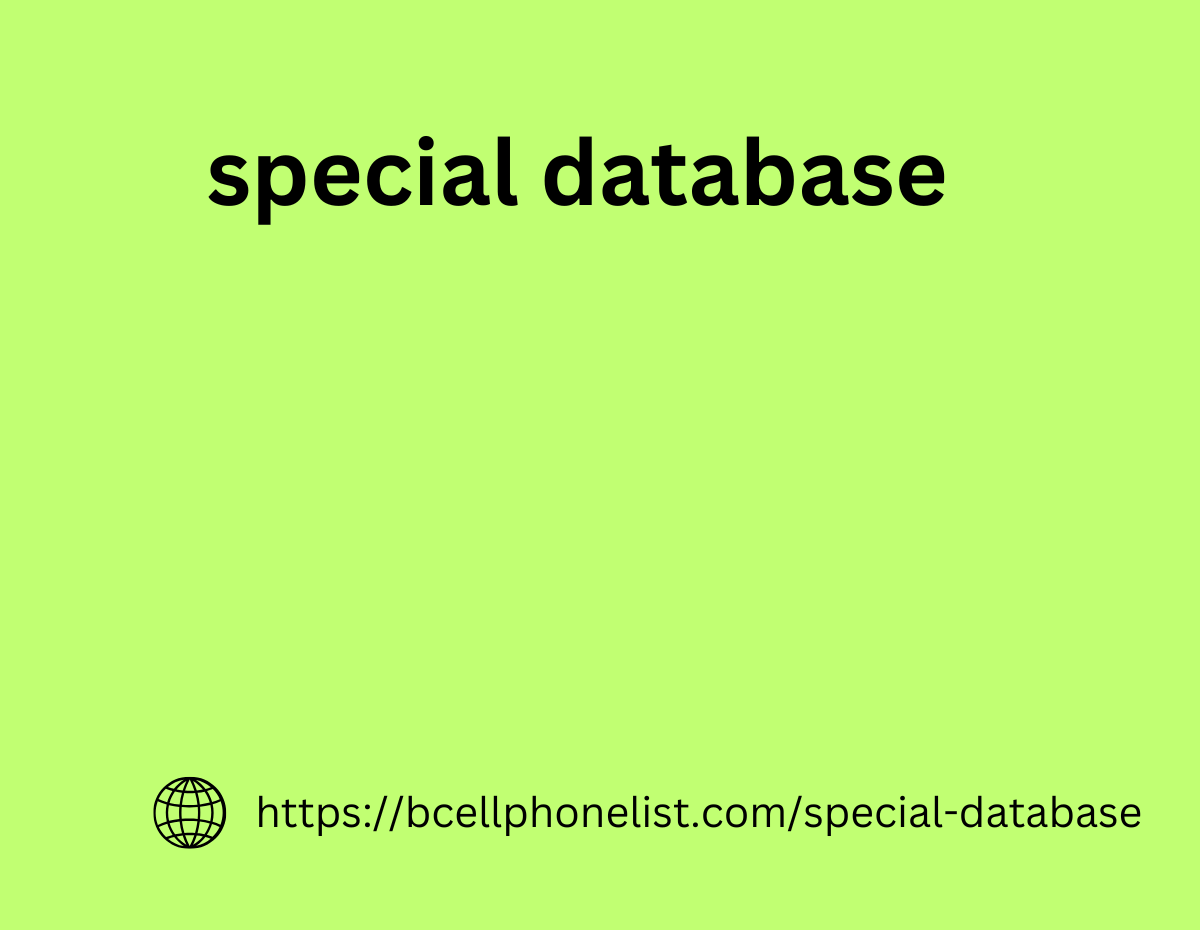In order for promotion to be effective, you first need to decide for what purpose you plan to create and further promote your channel. There can be many goals specifically for business, including:
Attracting traffic to the site. Relevant for any area;
- increasing audience loyalty. Also relevant special database for any business. A YouTube channel will help retain customers’ attention;
- generating new sales. This goal is often pursued by companies offering their services to a wide audience, marketplaces, online stores;
- self-brand promotion. Relevant for experts who want to promote their services on the Internet.
Once you understand what your goal is, you can decide what videos to make, what audience to generate content for, and how exactly to promote your channel.
To assess the relevance of your proposal and formulate its value, we recommend using third-party tools.
The Google Trends tool will help you track the dynamics of target customer queries. You can select by a specific region and for a specified period.
With the help of the Keyword Tool service, you can select popular keywords for search engines and make it easier for yourself to create a semantic core. We recommend using the paid version, as the free one has limitations. The subscription price is $69 per month.
You can also use the Serpstat tool to collect the semantic core. It allows you to perform a comprehensive analysis of sites.
Define your target audience
It is always easier to promote a YouTube channel if there are interested viewers. Therefore, the correct choice of the target audience plays an important role in promotion. That is, the categories of people who will be interested in your product and your content. It is wrong to define the target audience superficially. For example, “girls aged 18-25 living in Kyiv” or “men aged 30-50 with a high income level.” Many people make this mistake. And as a result, they spend a lot of money on the wrong audience.
To correctly define your target audience, you need to take it into account:
- interests. Think about what specifically the meaning of organic traffic and how to increase it might interest your subscribers. Consider not only your topic, but also related ones;
- problems and needs. Determine what your customers have and how your product and YouTube channel can solve and close them;
- demography and geography. You need to know the age, gender, city of residence. And the narrower the “fork”, the better. This applies to both age and geography (you can specify not only the city, but even the region).
And to hit the bull’s eye, we recommend dividing your target audience into subgroups.
This can be done using several parameters:
- geographical: location in the city, countryside, suburbs;
- demographic: gender, age, marital status;
- social: education, profession, income level;
- interests, hobbies and others.
By identifying your target audience, you aero leads will be able to generate content that will be useful and engaging for them. And, accordingly, it will be much easier for you to promote your YouTube channel.
Make a strategy
First, answer the question whether the YouTube channel will be a source of your income or you do not plan to receive direct benefits from it. All further work will depend on your answer.
When developing a strategy, it is also necessary to answer other questions:
- What will the future channel be about?
- Why would viewers watch it?
- Who is my channel for?
- What do I consider to be goal achievement?
Answers to these questions and a well-thought-out strategy will help you choose the right vector for channel development, not waste money and effort, and concentrate on the steps that will really help promote your YouTube channel.
Think through a content plan
A content plan is not just a list of video topics with expected publication dates. No, it is also a list of search queries for promotion, and topics, and a description of the target audience for which the content is aimed, and much more.
To develop an effective content plan and cover relevant topics, follow some recommendations:
- Use Google Trends to find trending topics and search popularity by region.
- Use the tips in YouTube itself.
- Look for ideas and information on competitors’ channels.
And don’t forget to analyze the existing content on your channel. Use the ideas and formats that “shoot” more than others, improve and develop them.


